Upper GI
P70: Does Minimally Invasive Gastrectomy Impact Return to Intended Oncologic Therapy for Gastric Cancer?

Caitlin Sok, MD, PhD (she/her/hers)
General Surgery Resident
Emory university
Atlanta, Georgia, United States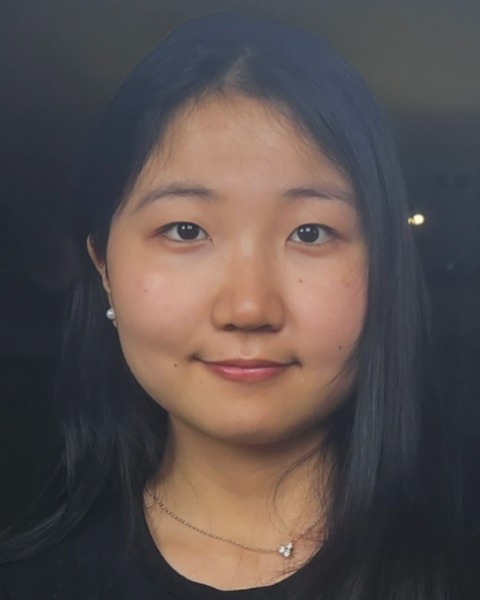
Andee Koo (she/her/hers)
Undergraduate Student
Emory University
Studio City, California, United States
Caitlin Sok, MD, PhD (she/her/hers)
General Surgery Resident
Emory university
Atlanta, Georgia, United States- SC
Seth Concors, MD
Assistant Professor
Emory University, United States - PM
Parit T. Mavani, MBBS
Research Fellow
Emory University
Lilburn, Georgia, United States - JW
Joshua Winer, MD
Associate Professor
Emory University, United States 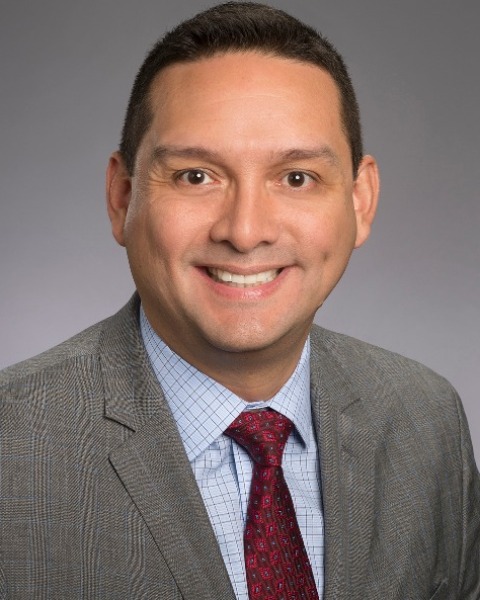
Kenneth Cardona, MD
Patricia R. Reynolds Professor of Sarcoma Lead, Winship Sarcoma Disease Team Chair, NCI ECOG-ACRIN Sarcoma Working Group
Winship Cancer Institute, Emory University, Georgia, United States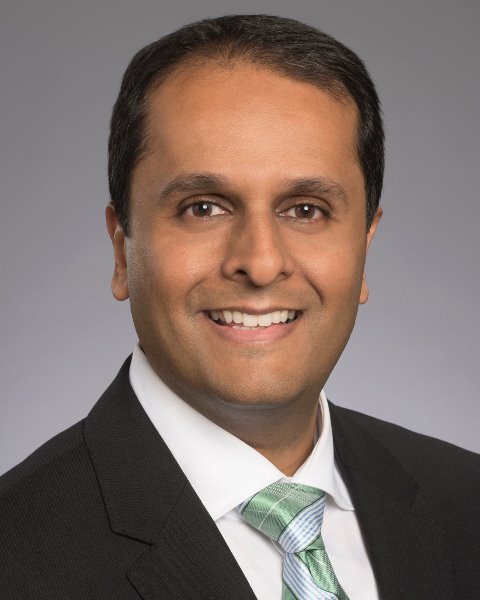
Shishir K. Maithel, MD, FACS
Professor, Department of Surgery
Winship Cancer Institute of Emory University
Atlanta, GA, United States- MR
Maria Citarella Russell, MD
Professor
Emory University
Atlanta, Georgia, United States 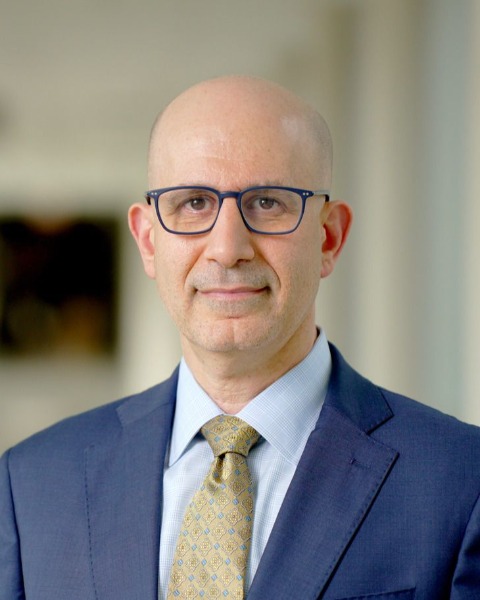
David A. Kooby, MD, FACS (he/him/his)
Professor of Surgery, Division of Surgical Oncology
Winship Cancer Institute, Division of Surgical Oncology, Emory University
Atlanta, Georgia, United States
Charles A. Staley, MD
Professor
Division of Surgical Oncology, Emory University, Atlanta, GA, United States
Atlanta, GA, United States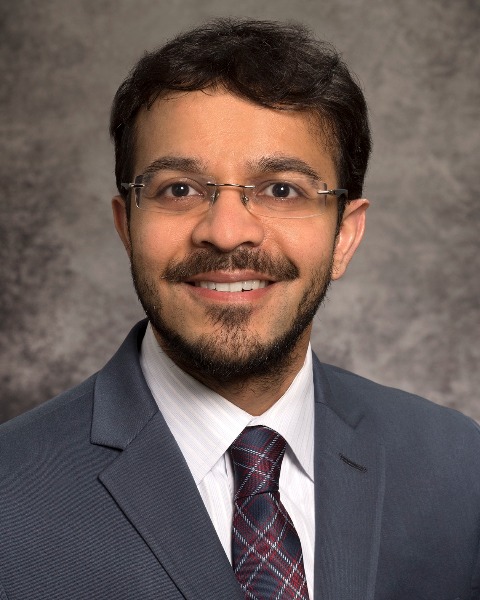
Mihir M. Shah, MD, FACS, FSSO (he/him/his)
Surgical Oncologist
Department of Surgery, Emory University, Winship Cancer Institute, Atlanta, GA, United States
Oral Poster Presenter(s)
Author(s)
Methods: We identified patients via retrospective chart review who underwent gastrectomy for non-metastatic gastric cancer at our institution (2019 to 2022). Patients with recurrent disease requiring reoperation were excluded. Patient demographics, perioperative data and outcomes were assessed for their correlation with receipt of adjuvant chemotherapy using univariate (UVA) and multivariable (MVA) analysis.
Results:
We analyzed 105 patients meeting our inclusion criteria. Sixty-nine (65.7%) patients underwent OG, and 36 (34.3%) underwent MIG. The median age was 65 years (18-85). The majority of patients were male (58.1%), and 35/105 (33.3%) were white. Sixty-five (61.9%) patients received neoadjuvant chemotherapy. There were no differences in demographics, performance status, comorbid conditions, or type of gastric resection between patients undergoing OG vs. MIG. Patients undergoing MIG were more likely to receive neoadjuvant chemotherapy (p=0.013), have Roux-en-Y reconstruction (p=0.007), and have lower blood loss (p=0.001) compared to patients undergoing OG. Eighty-seven (82.9%) patients were eligible for adjuvant chemotherapy, and remaining patients had upfront resection with pathological T1 disease. The overall RIOT rate was 71.3% (62/88). The RIOT rate for OG (60.7%) was significantly lower than for MIG (90.3%, p=0.003). On UVA, other factors associated with higher RIOT rate were age < 65, intraoperative blood loss < 150mL, Clavien-Dindo (CD) complication grade < 3, reoperation during index hospitalization, and readmission within 30 days (p < 0.05). On MVA, minimally invasive approach was independently associated with higher odds of RIOT (OR: 13.1, 95%CI: 2.3-74.3, p=0.004). The odds of RIOT were significantly reduced with age >65 years (OR: 0.26, 95%CI: 0.08-0.8, p=0.023) and major postoperative complication (CD grade ≥ 3) (OR: 0.06, 95%CI: 0.01-0.4, p=0.001).
Conclusions: Minimally invasive gastrectomy impacts receipt of postoperative chemotherapy in patients with gastric cancer. We report a higher rate of return to adjuvant chemotherapy compared to published data, supporting minimally invasive gastrectomy over open gastrectomy.
Learning Objectives:
- Upon completion, participant will be able to describe the treatment for gastric adenocarcinoma
- Upon completion, participant will be able to describe how many patients reach adjuvant chemotherapy after resection for gastric adenocarcinoma
- Upon completion, participant will be able to describe RIOT
